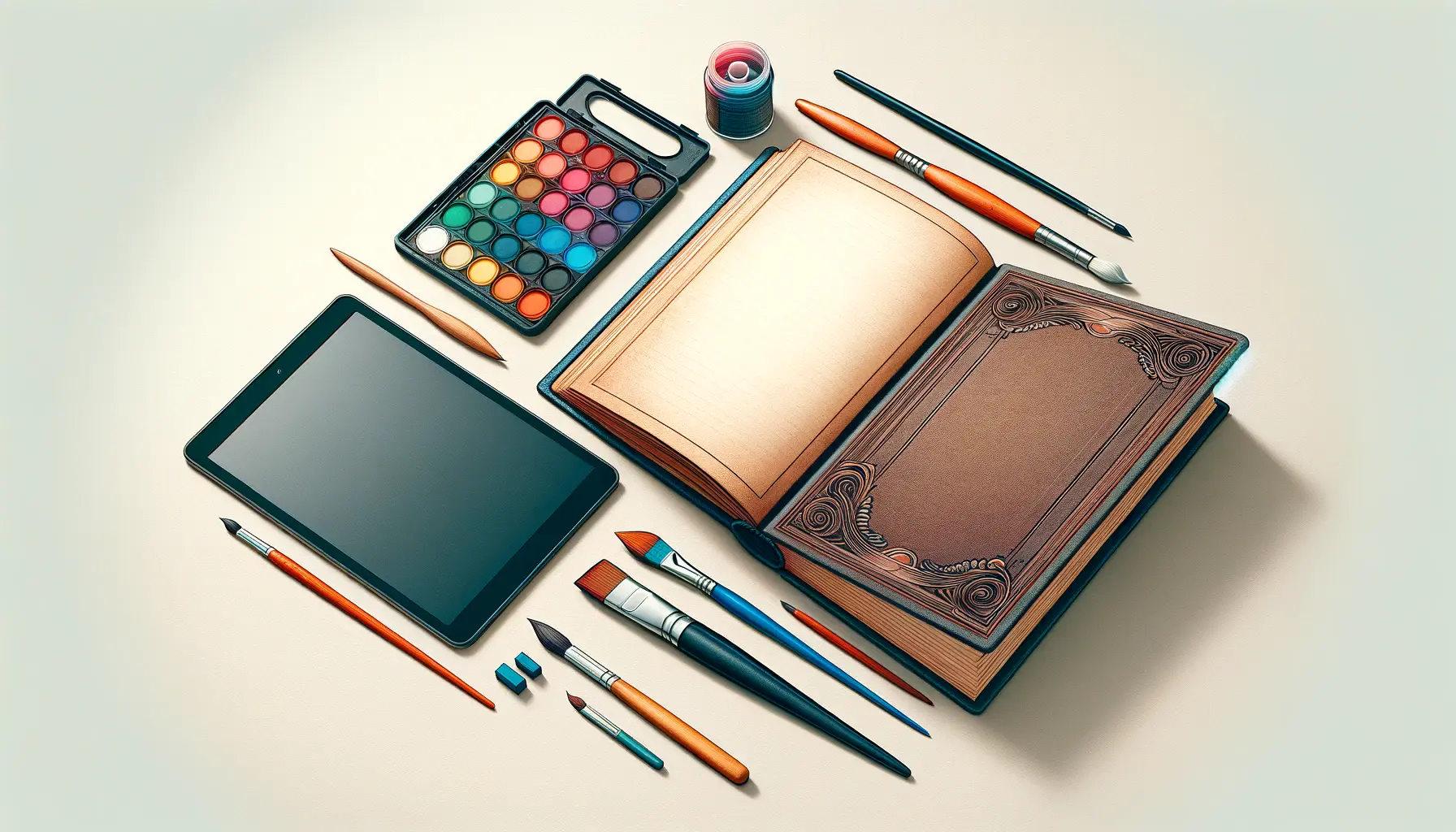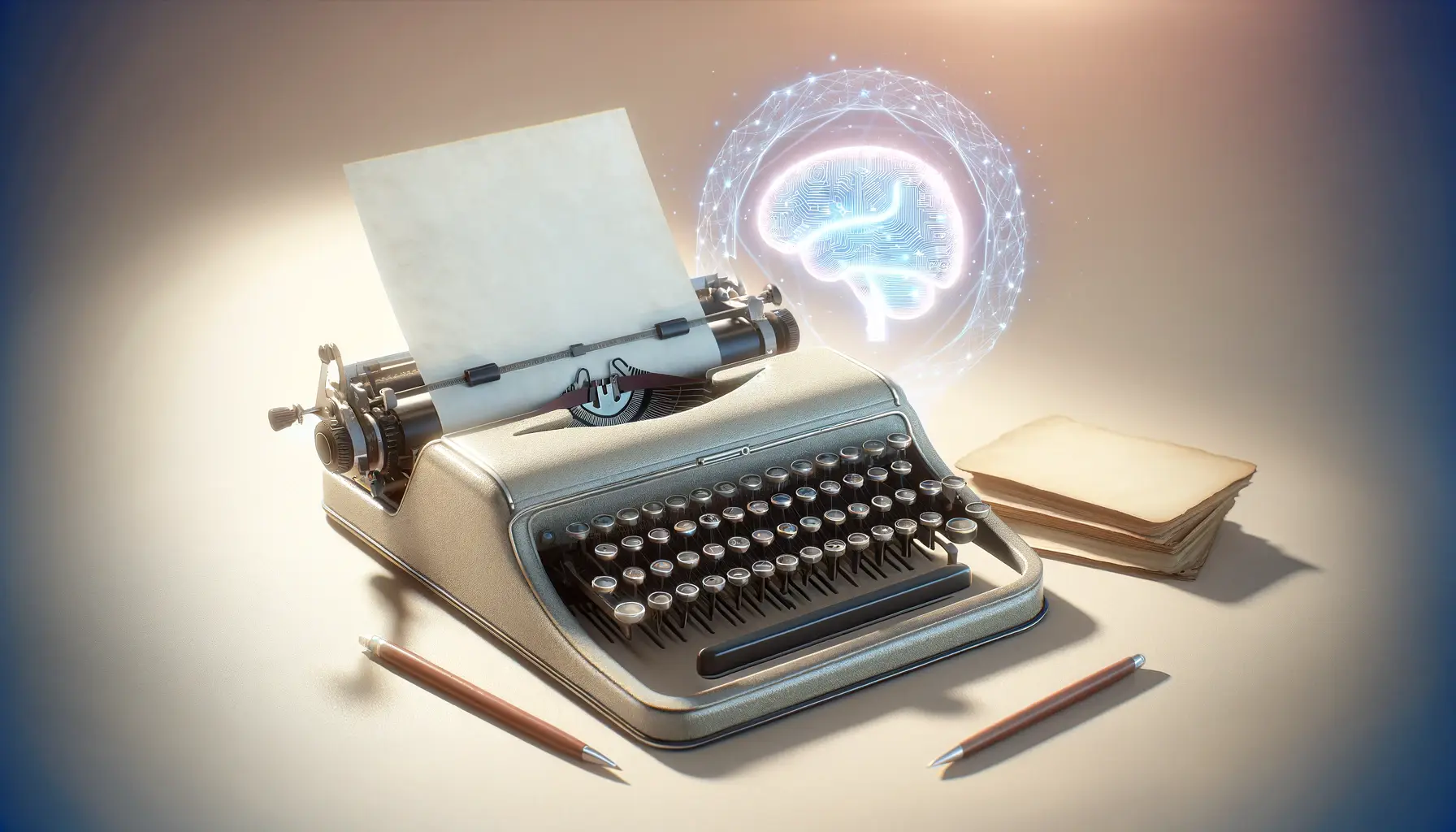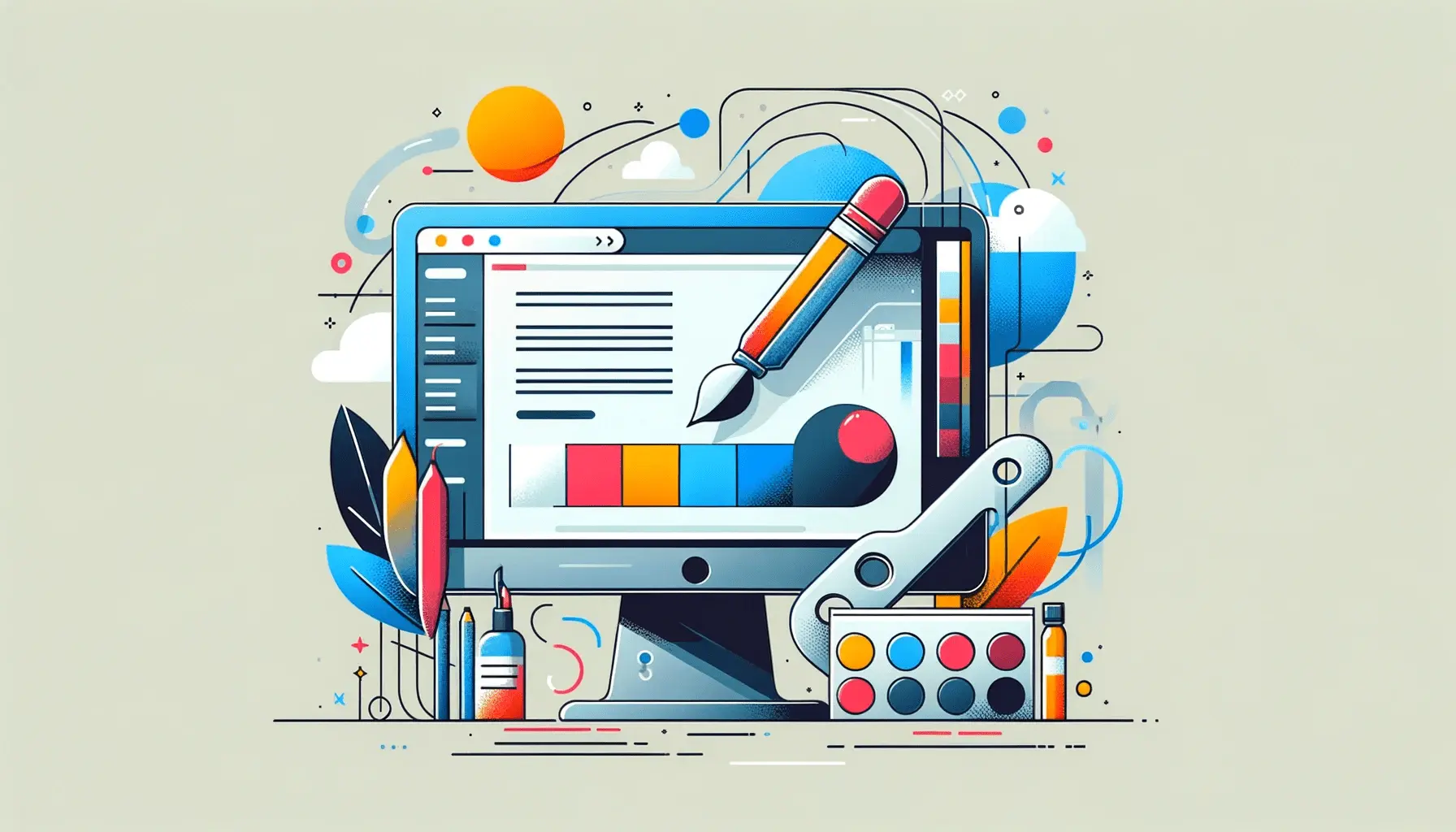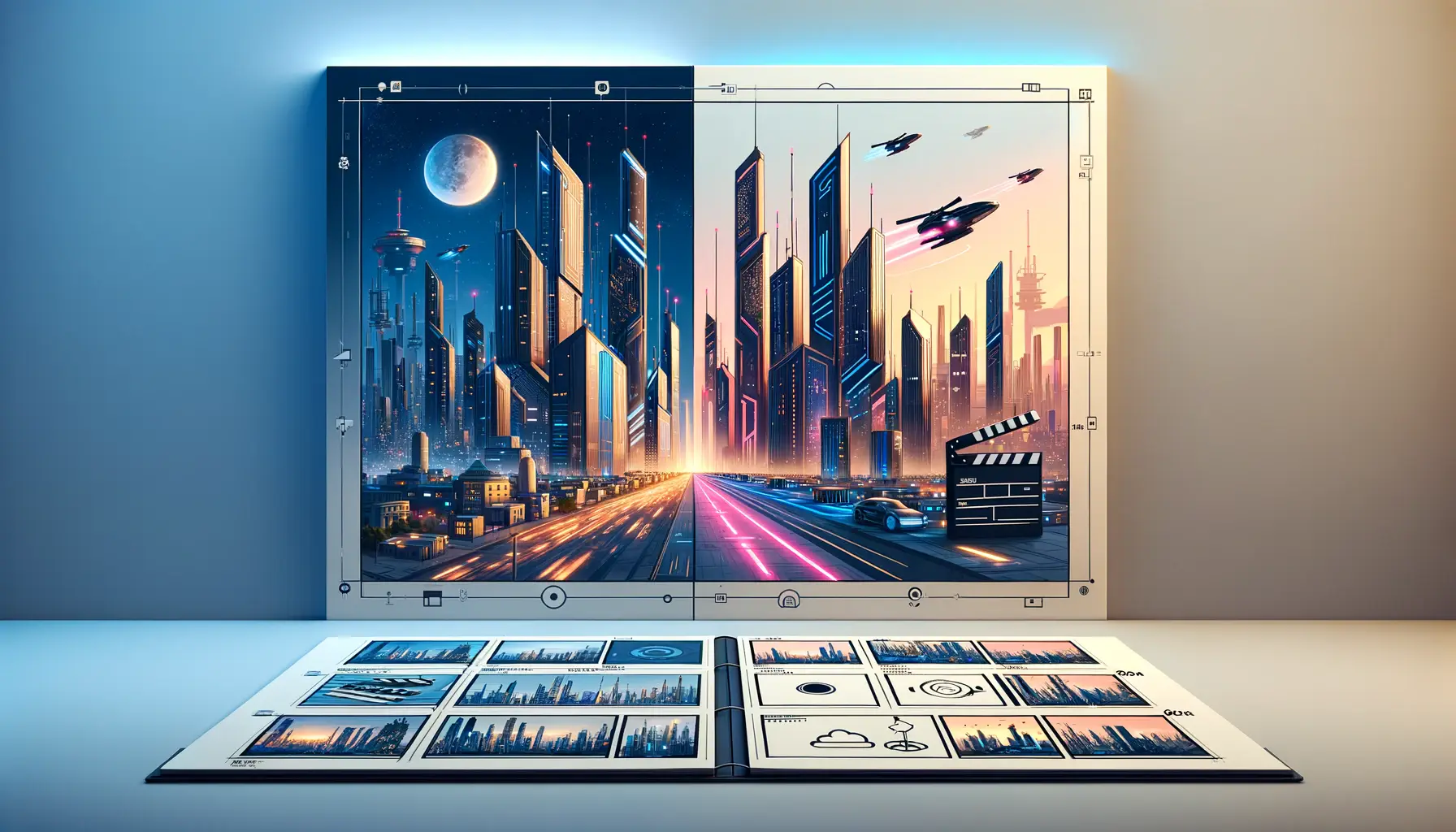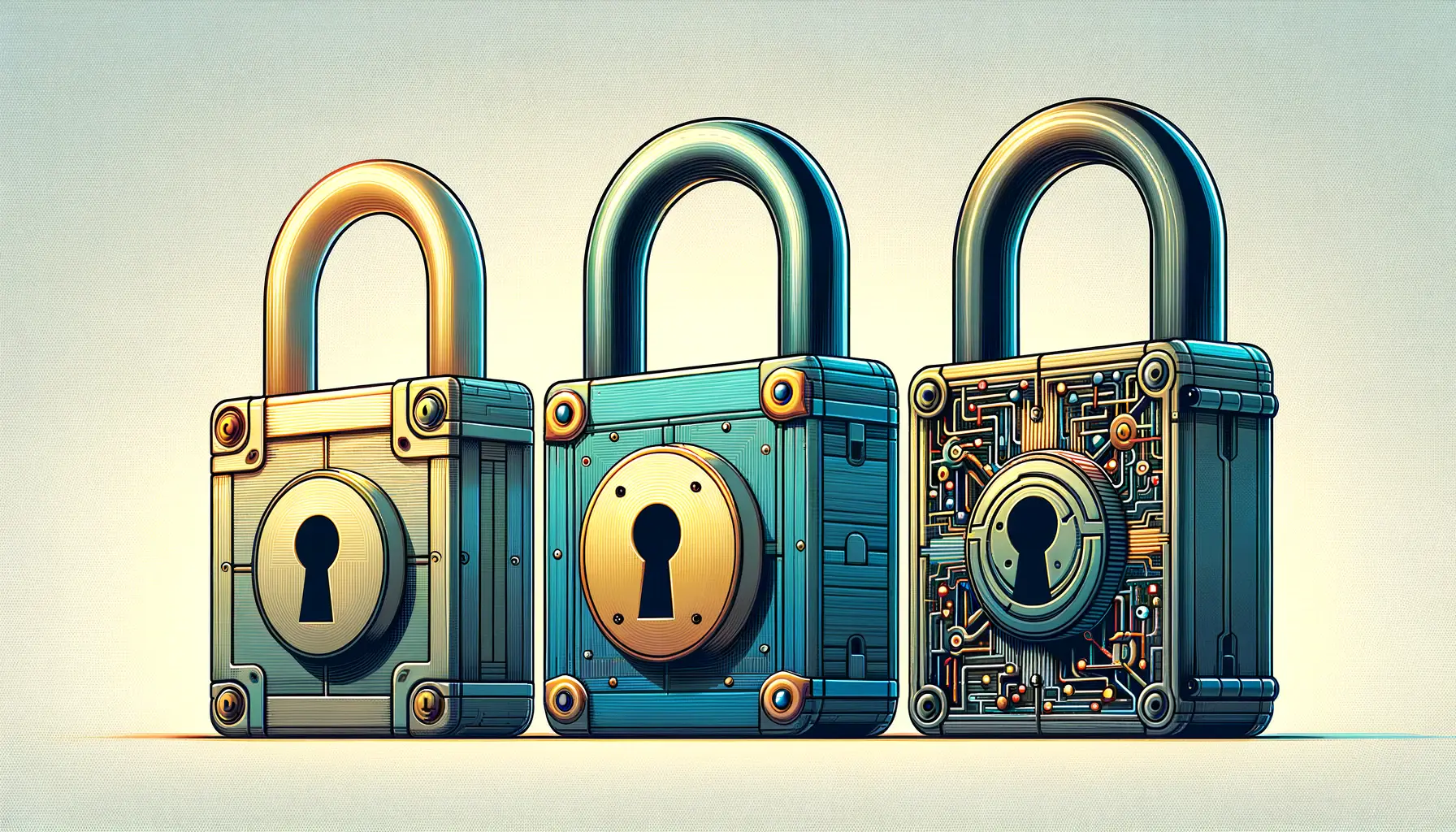The intersection of artificial intelligence and creative expression has opened new frontiers for authors worldwide.
DALL-E, an AI program developed by OpenAI, stands at the forefront of this revolution, offering unprecedented capabilities in generating book covers and illustrations.
This technology not only democratizes design for authors but also introduces a novel approach to visual storytelling, blending the boundaries between the written word and visual art.
For authors, the quest for the perfect book cover or illustration that captures the essence of their work can be both daunting and expensive.
Traditional routes involve hiring professional designers or purchasing stock images, which may not always align with the author’s vision or budget.
Enter DALL-E, a game-changer that empowers authors to generate bespoke visuals with ease, precision, and at a fraction of the cost.
This article delves into how DALL-E is transforming the landscape for authors, offering insights, tips, and considerations for leveraging this powerful tool.
- Understanding DALL-E and Its Capabilities
- The Creative Process with DALL-E
- Optimizing Visuals for Your Audience
- Legal Considerations and Ethical Use
- Integrating DALL-E Art into Your Publishing Workflow
- Marketing and Promoting Books with AI Art
- Future Trends: AI in Creative Publishing
- Embracing the Future: Authors and DALL-E
- DALL-E for Authors: Frequently Asked Questions
Understanding DALL-E and Its Capabilities
What is DALL-E?
DALL-E, a portmanteau of “Dali” and “WALL-E,” is an AI developed by OpenAI that generates images from textual descriptions.
This technology uses advanced algorithms to understand and interpret textual prompts, translating them into detailed, high-quality images.
For authors, this means the ability to create book covers and illustrations that are not only unique but also closely aligned with their narrative themes and characters.
The implications of DALL-E for authors extend beyond mere convenience.
It represents a paradigm shift in how visual elements of a book are conceived and produced.
By inputting descriptive text, authors can now play a more hands-on role in the visual aspect of their storytelling, ensuring that every image accurately reflects the tone, setting, and mood of their work.
How Authors Can Use DALL-E
Utilizing DALL-E for book covers and illustrations involves a simple yet creative process.
Authors begin by crafting detailed prompts that describe the desired image.
These prompts can include specifics about characters, settings, objects, and mood, among other elements.
DALL-E’s AI then processes these prompts to generate images that match the descriptions.
The versatility of DALL-E allows authors to experiment with various styles and themes, from realistic portrayals to fantastical landscapes.
This flexibility is particularly beneficial for authors in genres where visual elements play a crucial role in storytelling, such as science fiction, fantasy, and children’s literature.
Moreover, DALL-E’s ability to iterate quickly means authors can refine their visuals until they perfectly match their vision.
DALL-E democratizes the process of creating book covers and illustrations, making it accessible and affordable for authors of all backgrounds.
The Creative Process with DALL-E
The integration of DALL-E into the creative process offers authors a blend of innovation and personalization previously unattainable.
This section explores how authors can harness DALL-E’s capabilities to enhance their creative workflow, from conceptualization to the final product.
Conceptualizing Visuals
Before diving into DALL-E, authors should first conceptualize the visuals they aim to create.
This involves:
- Identifying key themes and elements of the narrative that need visual representation.
- Deciding on the mood and tone of the visuals to ensure they complement the story.
- Gathering inspiration from existing artworks, literature, or personal sketches to guide the AI’s output.
This preparatory step is crucial as it guides the textual prompts authors will use, ensuring that the generated images are aligned with their vision.
Creating Textual Prompts
Textual prompts are the cornerstone of working with DALL-E.
Effective prompts should be:
- Detailed: Include specific details about characters, settings, colors, and mood.
- Descriptive: Use vivid language to paint a picture of the desired outcome.
- Open-ended: Allow some flexibility for DALL-E’s creativity to shine through.
Authors may need to experiment with different phrasings and details to find the perfect balance that yields the desired visuals.
Refining and Iterating
One of DALL-E’s strengths is its ability to quickly generate multiple iterations of an image.
Authors can refine their prompts based on initial outputs, tweaking details until the visuals closely match their expectations.
This iterative process is a collaborative dance between the author’s creative vision and the AI’s interpretative capabilities.
- Review each iteration for alignment with the story’s themes and tone.
- Consider variations in style, composition, and color schemes.
- Use feedback loops to gradually refine the visuals.
Embrace the iterative process as a creative exploration, allowing DALL-E to surprise and inspire with its interpretations.
Optimizing Visuals for Your Audience
Understanding your audience is key to creating book covers and illustrations that resonate and attract readers.
The visuals of a book are often the first point of contact with potential readers, making it imperative to align these elements with audience expectations and genre conventions.
Here are strategies to ensure your DALL-E generated visuals captivate your intended audience:
Research Genre Conventions
Each literary genre has its visual language that signals readers about the book’s content.
Authors should:
- Study popular and successful book covers in their genre to identify common themes, color schemes, and imagery.
- Understand the symbolism and visual cues that resonate with their target audience.
This research will inform the creation of prompts that produce genre-appropriate visuals, enhancing the book’s marketability.
Focus on Emotional Impact
Visuals that evoke an emotional response can significantly impact a reader’s decision to engage with a book.
To achieve this:
- Consider the primary emotions your story evokes and how they can be visually represented.
- Use color psychology and imagery to craft covers and illustrations that connect on an emotional level.
Emotional resonance can make your book stand out in a crowded market, drawing readers to your story.
Test Visuals with Your Target Audience
Feedback from your target audience can provide invaluable insights into how your visuals are perceived.
Authors can:
- Share different versions of their book covers or illustrations on social media or with beta readers to gauge reactions.
- Use surveys or polls to ask specific questions about the visuals’ appeal and relevance to the genre.
This direct engagement not only helps in refining the visuals but also builds anticipation and interest in the book.
Remember, the goal is to create visuals that not only represent your story accurately but also attract and intrigue your specific audience.
Legal Considerations and Ethical Use
Navigating the legal landscape of AI-generated visuals is crucial for authors to ensure their use of DALL-E is both lawful and ethical.
As AI art becomes more prevalent, understanding copyright issues and respecting creative rights is paramount.
Here are key legal and ethical considerations for authors using DALL-E:
Understanding Copyright Laws
AI-generated images, including those created by DALL-E, occupy a complex space in copyright law.
Authors should:
- Be aware that while the images generated by DALL-E are based on prompts, the underlying model is trained on vast datasets that may include copyrighted works.
- Understand that the copyright status of AI-generated images is still a matter of legal debate and varies by jurisdiction.
Staying informed about ongoing legal discussions and rulings related to AI art is essential for authors to navigate this evolving field responsibly.
Respecting Creative Rights
While DALL-E enables the creation of unique visuals, authors must consider the ethical implications of using AI-generated art.
This includes:
- Recognizing the contribution of the artists and designers whose works have trained the AI, even indirectly.
- Considering fair compensation or acknowledgment for creators whose work has influenced AI-generated visuals.
Adopting a respectful approach to AI-generated art acknowledges the blend of human creativity and AI capabilities.
Navigating Usage Rights
Before using DALL-E generated images for commercial purposes, such as book covers, authors need to:
- Review the terms of service of the AI tool to understand the rights granted over the generated images.
- Consider obtaining additional legal advice or seeking licenses for commercial use to mitigate potential legal risks.
Ensuring that the use of AI-generated visuals is legally sound and ethically responsible protects authors and respects the broader creative community.
Proactively addressing legal and ethical considerations can enhance the integrity of your work and foster a positive relationship between AI and the creative arts.
Integrating DALL-E Art into Your Publishing Workflow
Incorporating DALL-E generated visuals into the publishing process requires a strategic approach to ensure that the final product aligns with professional standards and market expectations.
This integration can significantly enhance the appeal of your book, making it crucial to understand the best practices for a seamless workflow.
Effective strategies for integrating DALL-E art into your publishing workflow include:
Quality Assurance and Professional Finishing
While DALL-E can produce high-quality images, ensuring that these visuals meet publishing standards is essential.
Authors should:
- Review the generated images for any anomalies or inconsistencies that might detract from their professional appearance.
- Consider hiring a graphic designer to refine the images, adjust dimensions, and add text overlays for titles and author names, ensuring the visuals are polished and print-ready.
These steps help maintain a high level of quality, crucial for attracting readers and competing in the market.
Adapting Visuals for Different Formats
Books are often published in multiple formats, including print, e-book, and audiobook, each requiring different visual specifications.
Authors using DALL-E art should:
- Modify and resize images to fit various formats, paying attention to resolution and aspect ratios.
- Ensure that the visuals remain impactful and legible across all formats, from full-size print covers to thumbnail images on digital platforms.
Adapting visuals for different formats enhances the book’s accessibility and appeal across diverse distribution channels.
Consistency Across Marketing Materials
The use of DALL-E generated art should extend beyond the book cover to include all marketing materials for brand consistency.
Authors can:
- Create promotional graphics, social media banners, and website headers using elements from the book cover to maintain a cohesive visual identity.
- Utilize DALL-E to generate additional illustrations for use in blog posts, newsletters, and other marketing content to engage the audience.
Consistent use of visuals strengthens brand recognition and helps build a strong connection with the audience.
By thoughtfully integrating DALL-E generated art into the publishing workflow, authors can leverage the power of visuals to enhance their book’s marketability and reader engagement.
Marketing and Promoting Books with AI Art
The visual elements of a book, particularly the cover and illustrations, play a pivotal role in marketing and promotional efforts.
With the advent of AI-generated art through tools like DALL-E, authors have new opportunities to create compelling, eye-catching visuals that can significantly boost their marketing strategies.
Effective ways to leverage DALL-E generated art in book marketing include:
Crafting Engaging Social Media Content
Social media platforms are visual by nature, making them ideal for showcasing the unique art created by DALL-E.
Authors can:
- Share behind-the-scenes glimpses of the creation process, including before and after images or variations generated by DALL-E.
- Create posts that feature different elements of the book’s visuals, inviting followers to guess plot points or character traits.
This approach not only highlights the book’s visuals but also engages potential readers in a conversation, increasing interest and anticipation.
Enhancing Online and Offline Advertisements
Advertisements, whether online banners, posters, or print ads, benefit significantly from striking visuals.
Authors using DALL-E art can:
- Incorporate AI-generated images into ad designs to grab attention and make their book stand out among competitors.
- Test different visuals in online ads to see which images drive more clicks and conversions, optimizing ad performance.
Well-designed ads with captivating visuals can improve visibility and attract a wider audience to your book.
Creating Merchandise
Merchandise related to your book can be a great way to extend your brand and provide fans with tangible items that celebrate your story.
With DALL-E, authors can:
- Design unique merchandise such as posters, t-shirts, and bookmarks featuring AI-generated art from their book.
- Offer limited edition prints of the book’s illustrations as collectibles or rewards for crowdfunding campaigns.
This strategy not only serves as an additional revenue stream but also helps in building a community of fans around your book.
Utilizing DALL-E generated art in marketing and promotional activities offers a fresh and innovative way to capture the attention of potential readers and distinguish your book in a crowded marketplace.
Future Trends: AI in Creative Publishing
The integration of AI technologies like DALL-E into the publishing industry is just the beginning.
As these technologies evolve, we can anticipate significant shifts in how books are created, marketed, and consumed.
Understanding potential future trends can help authors and publishers stay ahead in a rapidly changing landscape.
Personalized Book Covers
Imagine a future where book covers are dynamically generated to match the preferences of individual readers.
AI could analyze a reader’s past behavior and preferences to create a customized cover, making each copy unique and personally appealing.
This level of personalization could revolutionize how books are marketed and sold, offering a new level of engagement with readers.
Interactive and Animated Illustrations
As e-books and digital reading platforms continue to evolve, so too will the possibilities for illustrations.
AI-generated art could lead to interactive or animated illustrations within digital books, enhancing the reading experience by bringing stories to life in new and immersive ways.
This could be particularly impactful in genres such as children’s literature, educational materials, and graphic novels.
AI as a Collaborative Creative Partner
AI’s role in the creative process is likely to expand, moving beyond generating static images to actively collaborating with authors in the storytelling process.
AI could suggest plot developments, design settings, or even create characters based on an author’s initial ideas.
This collaboration could open up new creative possibilities, making the process of writing and illustrating books more dynamic and innovative.
The potential for AI in creative publishing is vast and largely untapped.
As technologies like DALL-E continue to develop, they will undoubtedly unlock new creative avenues, challenge existing paradigms, and offer exciting opportunities for authors, illustrators, and publishers alike.
Embracing these changes and exploring the possibilities of AI can lead to a future where the boundaries of storytelling and visual art are redefined.
The future of publishing lies in the intersection of creativity and technology, where AI like DALL-E plays a pivotal role in shaping innovative and engaging literary works.
Embracing the Future: Authors and DALL-E
The journey through the realms of AI-generated art, particularly with DALL-E, unveils a future where authors possess unprecedented creative freedom and capabilities.
This exploration has not only highlighted DALL-E’s transformative impact on book covers and illustrations but also underscored the broader implications for the publishing industry.
As we stand on the cusp of a new era, it’s clear that the synergy between authors and AI tools like DALL-E is reshaping the landscape of creative expression and storytelling.
The Path Forward for Authors
For authors, DALL-E offers a toolkit brimming with possibilities, from crafting visually stunning book covers to generating illustrations that capture the essence of their narratives.
The ability to translate textual descriptions into compelling visuals marks a significant leap forward, democratizing design and enabling a closer alignment between an author’s vision and the reader’s experience.
However, the journey with DALL-E extends beyond individual projects, hinting at a future where AI becomes a collaborative partner in the creative process.
Navigating Challenges and Opportunities
Yet, this journey is not without its challenges.
Legal and ethical considerations remain at the forefront, requiring authors to navigate copyright laws and respect the creative contributions of others.
Moreover, the integration of DALL-E into the publishing workflow demands a balance between leveraging AI’s capabilities and maintaining the human touch that lies at the heart of storytelling.
Despite these challenges, the opportunities for innovation and engagement with readers are boundless, promising a vibrant future for authors who embrace these tools.
- The potential for personalized and dynamic book covers that resonate with individual readers.
- The exploration of interactive and animated illustrations, particularly in digital formats, to enhance the reading experience.
- The evolution of AI as a collaborative creative partner, offering new avenues for storytelling and artistic expression.
In conclusion, DALL-E represents more than just a technological advancement; it signifies a shift in how stories are told and experienced.
For authors, embracing DALL-E and similar AI tools means stepping into a future where creativity knows no bounds, where the visual and textual merge to create immersive worlds, and where the act of storytelling is a shared adventure between human and machine.
As we look ahead, the partnership between authors and AI like DALL-E promises to redefine the boundaries of imagination, inviting us all to envision and create the stories of tomorrow.
DALL-E for Authors: Frequently Asked Questions
Explore common inquiries about leveraging DALL-E for creating book covers and illustrations, tailored for authors.
Yes, authors can use DALL-E for commercial uses, including creating book covers and illustrations for sale.
Yes, you can sell images created during your use of DALL-E, including those used for book covers.
While DALL-E generates unique images, authors should be mindful of copyright laws, as AI-generated art’s legal status can vary.
Yes, DALL-E can generate illustrations across various genres, tailored to specific themes and styles described by authors.
Effective prompts are detailed, descriptive, and imaginative, guiding DALL-E to produce visuals that closely align with your vision.
Yes, images generated by DALL-E can be adapted for various book formats, ensuring consistency across print and digital versions.
Authors can use DALL-E art for social media content, advertisements, and merchandise to enhance their book’s marketing strategy.
Future trends include personalized book covers, interactive illustrations, and AI as a collaborative partner in the creative process.
